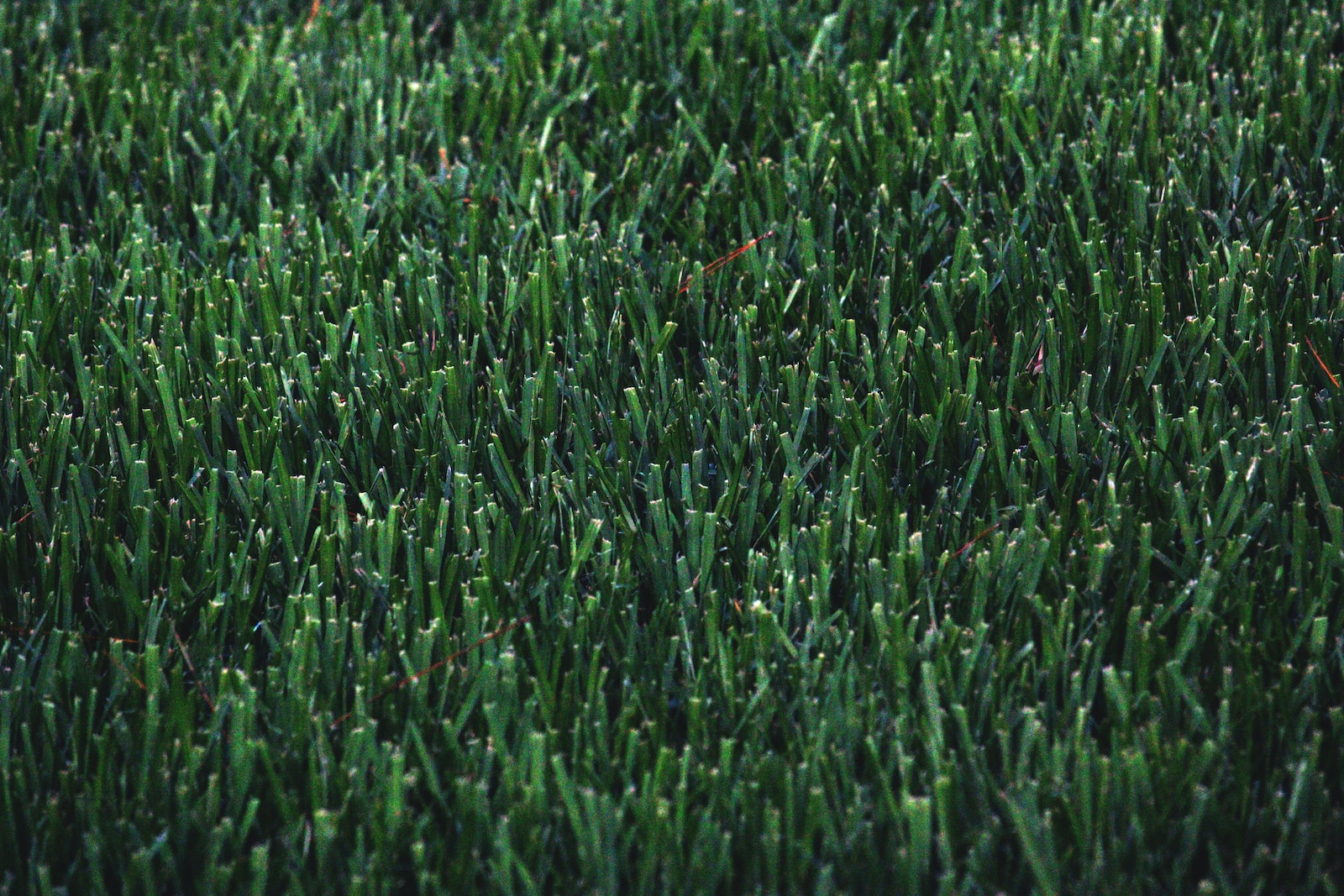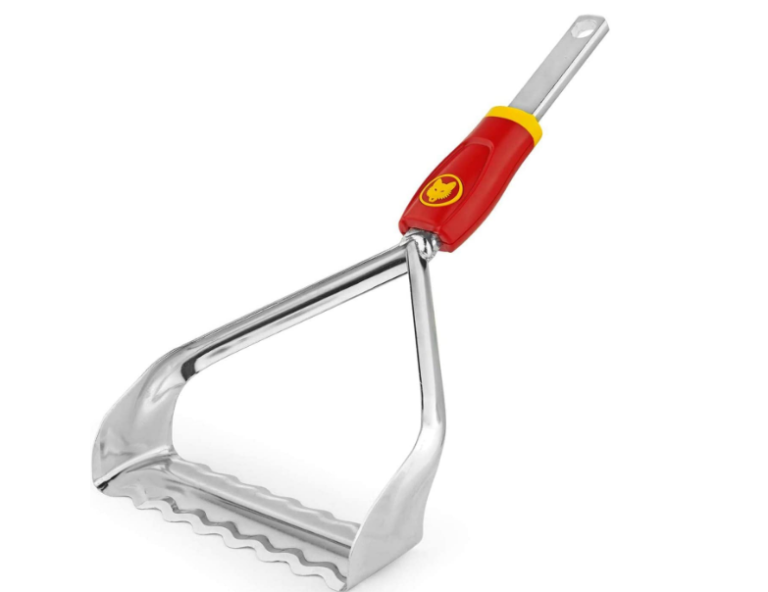Lawn Aeration 101: What, Why and When to Do It

Are you tired of dealing with a dull and lifeless lawn? Do you want to have the greenest, healthiest grass on your block? If so, then lawn aeration might be the solution you’re looking for! This practice involves perforating your soil with small holes to allow air, water, and nutrients to reach deeper into the roots.
But what exactly is it? Why should you do it? And when is the best time to aerate your lawn? In this article, we’ll answer all these questions and more in Lawn Aeration 101: What, Why, and When to Do It. So sit back with a freshly brewed cup of coffee and get ready to learn how to achieve that perfect lush turf.
What is Lawn Aeration?
Lawn aeration is a process of perforating the soil with small holes to allow air, water and nutrients to penetrate the grass roots. The main benefits of lawn aeration are:
1] Enhanced root growth – Aeration allows oxygen to reach the roots of your grass, promoting deeper and healthier root growth.
2] Improved drainage – The holes created by aeration help water drain more efficiently from the soil, reducing puddling and runoff.
3] Greater nutrient uptake – Aeration helps break up compacted soil, making it easier for nutrients to be absorbed by the roots.
4] Increased stress tolerance – A healthy root system is better able to withstand drought and other environmental stresses.
5] Reduced thatch build-up – Thatch is a layer of dead organic matter that can prevent air, water and nutrients from reaching the grass roots. Regular aeration helps reduce thatch build-up over time.
Benefits of Aerating Your Lawn

Lawn aeration is a crucial part of keeping your lawn healthy and looking its best. Aeration provides many benefits to your lawn, including improved root growth, reduced compaction, better water and nutrient absorption, and improved drainage. aerating your lawn also helps to control thatch buildup and reduces the risk of pests and diseases.
1] Promotes Turf Health: Aeration helps create an optimal environment for the roots of your grass plants to grow and reach deeper levels into the soil. This increases the capacity of each root to uptake vital nutrients, increasing the overall health and vigor of your lawn.
2] Improves Soil Structure: Soil compaction is a common problem in high-traffic areas, driveway edges and other areas that receive regular foot traffic or heavy machinery traffic. Compacted soil restricts root growth, reducing the amount of water and nutrients they can absorb from the surrounding soil and reducing overall plant health. Aerating soils helps break up compacted layers and improves soil drainage, encouraging healthy root development that’s better able to access available resources in the soil.
3] Enhanced Water Absorption: The improved air circulation provided by aerated soils allows for better water absorption throughout a larger area which ultimately results in more even watering for all plants in a given area. Aerated soil also reduces surface runoff caused by heavy rainfall or irrigation cycles, so more nutrients are retained within the soil instead of running off elsewhere on your landscape.
4] Makes it Easier to Maintain a Healthy Lawn: Aeration makes it easier for your lawn to achieve and maintain optimal growth. Aerated soil is much easier to cultivate than compacted soil, providing space for grass seed to get a better start when sowing a new lawn or overseeding an existing one. Furthermore, aeration can help improve the ability of valuable nutrients found in fertilizers to reach deeper into the soil, changing where they are available to the roots of your plants.
When Should You Aerate Your Lawn?

Aerating your lawn is an important part of maintaining a healthy lawn. Aeration helps to improve drainage and promotes uptake of nutrients and water by the grass roots. It also helps to break up compaction in the soil, which can improve the overall health of your lawn.
There are a few things to consider when deciding when to aerate your lawn. The first is the time of year. Aerating in the spring or fall, when the grass is actively growing, is generally recommended. This allows the grass to quickly recover from any damage that may occur during the aeration process.
The second thing to consider is the type of soil you have. If you have sandy soil, you may not need to aerate as often as someone with clay soil. Clay soil tends to compact more easily, so aerating more frequently can help to prevent this issue.
Consider how heavily your lawn is used. If you have a lot of foot traffic on your lawn, you may need to aerate more frequently than someone with a lightly used lawn. This is because compaction can happen more easily with high levels of traffic.
If you’re not sure when the best time to aerate your lawn is, talk to a professional Lawn care company for advice specific to your situation.
How to Prepare Before Aeration
Before aerating your lawn, it’s important to take a few preparatory steps. First, check the weather forecast and choose a day when the ground is not too wet or frozen. You’ll also want to mark any underground sprinklers or other obstacles so you know where not to step. Mow your lawn shorter than usual – no more than two inches – so the aeration machine can penetrate the grass more easily.
Types of Equipment & Techniques Used for Aeration
There are two main types of equipment used for lawn aeration: mechanical and manual.
Mechanical aerators can be either push or tow-behind models. They have spikes or tines that penetrate the soil and pull out small cores of dirt as they move along. Some mechanical aerators also have brushes that help loosen the soil before the spikes go in.
Manual aerators look like garden forks with long, thin tines. You stick the tines into the ground and then lift them up, breaking up the soil as you go. This type of aeration is best for small lawns since it can be time-consuming to cover a lot of ground with a manual aerator.
Other methods for aerating soils include the use of soil amendments, such as gypsum and iron sulfate, which can help to loosen the soil and create better drainage. These materials are sold at home improvement stores.
Finally, a process known as ‘slit-tineing’ can be beneficial for lawn aeration. Slit-tineing involves making small incisions in the top layer of grass with a tool that looks like garden shears. This method can help to create more air pockets in the lawn and also help promote healthier grass growth.
DIY Lawn Aerators & Services Available
If you have a lawn, you’ve probably heard of lawn aeration. But what is it? Lawn aeration is the process of perforating the soil with small holes to allow air, water and nutrients to penetrate the grass roots. This helps the roots grow deeper and stronger, leading to a healthier lawn.
There are two main types of lawn aerators: manual and mechanical. Manual lawn aerators are handheld devices that you push through the turf to create small holes. Mechanical aerators are larger machines that either pull or push a plug through the turf to make holes.
Most lawn care professionals recommend mechanical aeration for large lawns because it’s more efficient and less labor-intensive than manual aeration. However, both methods will get the job done and improve your lawn’s health.
Whether you choose to do it yourself or hire a professional, there are a few things to keep in mind when deciding when to aerate your lawn. The best time to aerate cool-season grasses, such as bluegrass, rye and fescue, is in the fall when they are actively growing. Warm-season grasses, such as bermudagrass, centipedegrass and zoysiagrass, should be aerated in late spring or early summer before they enter their dormant period.
Generally, you should wait until your grass is showing signs of stress before irrigating your turf heavily or mowing it closely.
Supplies Needed For Aeration
Aeration is a process that helps your lawn by reducing compaction, thatch, and improving drainage. The recommended time to aerate your lawn is in the fall, but you can also do it in the spring.
Here are the supplies you need to aerate your lawn:
-Aerator: You can either use a hand-held aerator or a powered one. If you have a small lawn, a hand-held aerator will suffice. For larger lawns, however, you will need a powered aerator. You can either rent one from a hardware store or purchase one.
-Seed: If you want to overseed your lawn after aerating, you will need seed. Choose a seed that is appropriate for your climate and lawn type.
-Fertilizer: You may want to fertilize your lawn after aerating. Choose a fertilizer that is appropriate for your climate and lawn type.
-Shovel: You may need to dig up any large chunks of soil or grass that your aerator does not break up. A shovel will come in handy for this.
Post‐Aeration Care Tips & Recommendations
Assuming you have already completed the lawn aeration process, here are a few post-aeration care tips and recommendations:
1] Water your lawn lightly immediately after aeration. This will help bring any displaced soil back down into the holes left by the aeration process.
2] Avoid walking on your lawn for at least 24 hours after aeration, as this could damage the newly exposed roots.
3] If possible, fertilize your lawn within a week of aerating. This will help it recover more quickly and encourage new growth.
4] You may also want to consider overseeding your lawn after aerating, especially if it is looking thin or patchy. This will help fill in any bald spots and give your lawn a fuller, healthier appearance.
Conclusion
An aerated lawn is a healthy and vibrant one, giving you the green grass that you’ve always wanted. Whether you hire an expert to do it for your or get down and personal with your lawnmower, knowing what type of aeration to use on your property will help ensure that your lawn stays strong and healthy throughout the changing seasons. For optimal results any time of year, keep up with regular aeration according to soil types and weather conditions – happy gardening!

James is a passionate writer and gardener with years of experience in home gardening. He is the author of several articles and blog posts on HomeGardenBlog.com, a platform where he shares his expertise and love for plants and gardening with the world.







